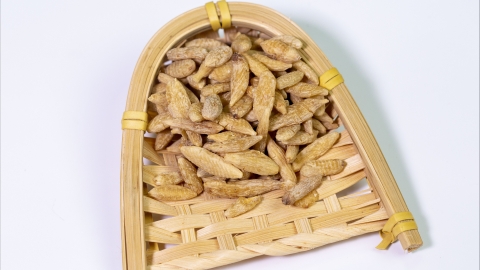Can Ophiopogon japonicus (McDoor) be used to make soup?
Generally speaking, Ophiopogon japonicus (McDoor) can be used to prepare soup and is a common ingredient in both medicinal and dietary applications. It can be combined with various ingredients to promote the production of body fluids and nourish yin. However, its usage and combinations should be adjusted according to individual body constitutions to avoid discomfort caused by improper consumption. Detailed analysis is as follows:

Ophiopogon japonicus has a sweet and slightly bitter taste and is slightly cold in nature. When used in soups, it releases properties that nourish yin, generate body fluids, moisten the lungs, and calm the mind. It pairs well with ingredients such as lean meat, pork ribs, tremella fungus, and lily bulbs. When cooked with meat, it can neutralize some of the greasiness while replenishing body fluids, thereby alleviating symptoms like dry mouth and throat discomfort. When combined with tremella fungus and lily bulbs, it is particularly suitable for individuals suffering from lung dryness, helping to moisturize the lungs and improve dry cough with little phlegm. However, due to its slightly cold nature, excessive use in soup or long-term consumption by individuals with a cold spleen and stomach constitution or those prone to diarrhea may burden the digestive system, leading to discomforts such as abdominal distension and diarrhea.
In daily cooking, it is recommended to adjust the combination based on individual constitution. For example, individuals with a cold spleen and stomach may add red dates or longan to neutralize the cold nature of Ophiopogon japonicus. Each serving should be controlled around 5–8 grams to avoid excessive intake. Properly combining Ophiopogon japonicus in soups can not only enrich the flavor but also exert its nourishing effects, contributing to overall physical well-being.




